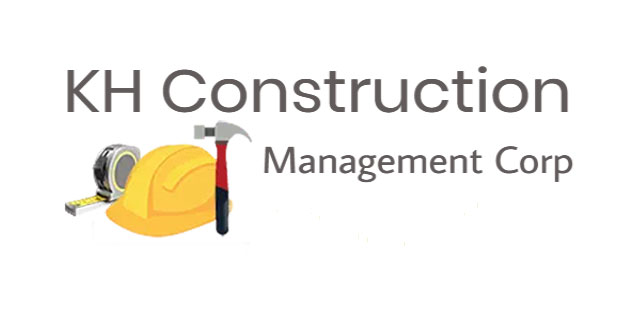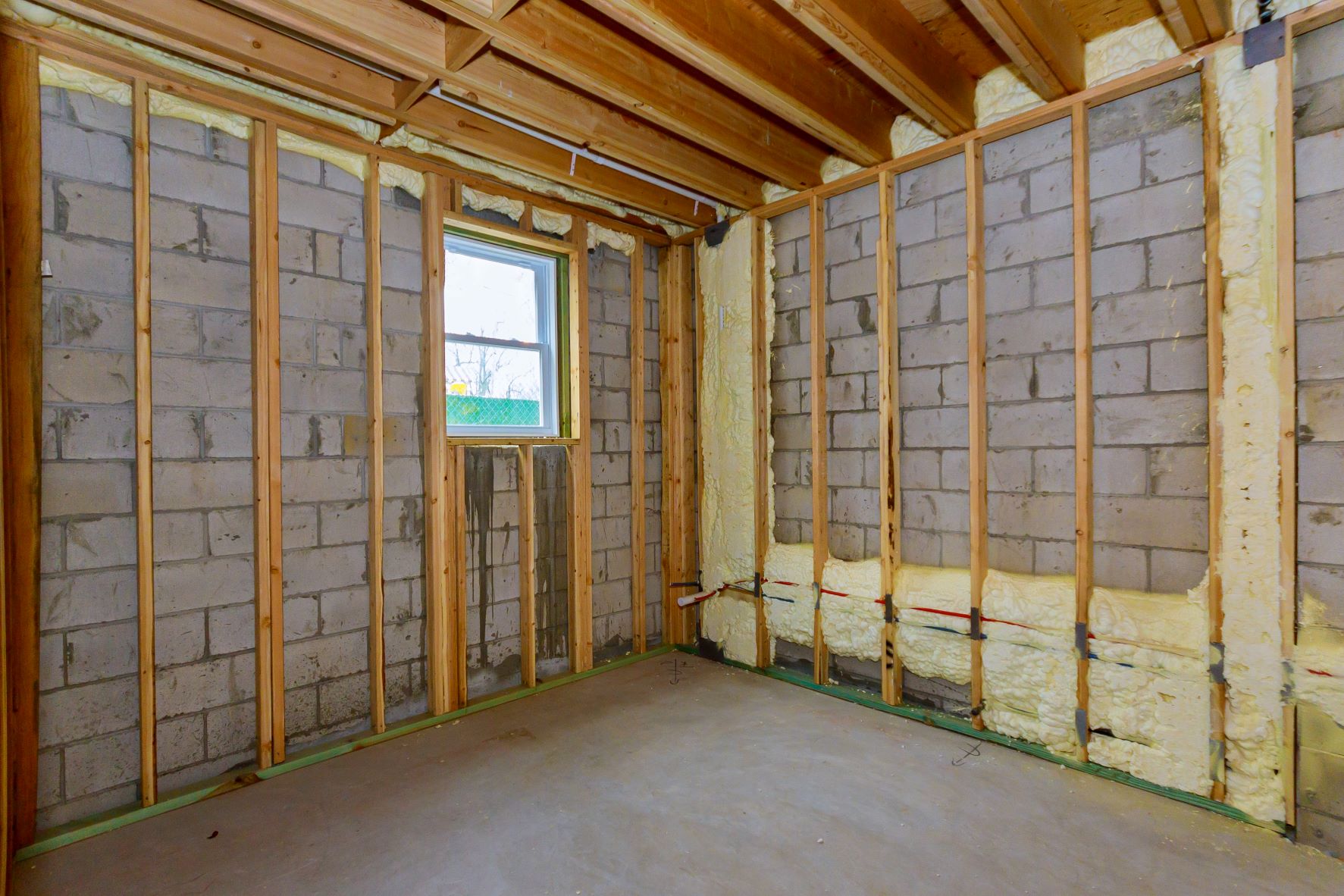If you’ve been focused on building the best basement for your home, odds are you’ve come across ideas for insulating your basement walls. While the earth acts as a natural barrier to the temperature changes that occur above, it’s good to have additional protection to seal in the air flowing through your home. Knowing some of the best practices for insulating your basement walls can help to transform your basement while avoiding any costly and damaging mistakes to your home.
Types of Basement Insulation
Before you learn a few best practices, it’s good to know the different types of basement wall insulation you can use. They each have benefits and drawbacks depending on the kind of basement you have and your needs, so knowing which insulation you’re choosing can help you adapt to the different practices.
Rigid Foam Sheets
Rigid foam insulation is a common type for homeowners, as it’s relatively easy to install and isn’t very expensive. Rigid foam sheets work well on both exterior and interior walls and do well to improve airtightness and trapping moisture.
Spray Foam
Spray foam is shot with a hose and expands when it comes into contact with its target. Spray foam works wonderfully with irregularly shaped walls and walls with cracks and damage. Spray foam doesn’t retain moisture, so it’s an excellent choice for homeowners wary of leaks.
Fiberglass
Fiberglass batts cost much less than most other insulation products, but if you have moisture in your basement — even if it’s just a few small leaks — fiberglass is not the best way to go. That being said, fiberglass is a fire retardant, has natural noise dampening properties, and is a good choice for homeowners looking to improve their energy efficiency.
Mineral Wool
Mineral wool is another great option, especially if you’re looking for a more natural product for your living space. With that comes an added cost compared to fiberglass or rigid foam sheets, but mineral wool simultaneously acts as a thermal and vapor barrier for maximum safety.
Now that we’ve covered the types of insulation at your disposal, let’s take a look at the best insulation practices to keep your basement protected.
Check If Your Basement Leaks
One of the most important things you need to know about your basement is if it leaks commonly or not. While it’s always best to seek out leak detection services and patch up leaks, some homeowners have tiny leaks or live in climates where leaking rarely occurs.
As we stated before, it’s wise to avoid using fiberglass with a leaky basement, but if you decide to go this route, you want to leave a bit of space between the concrete slab and the fiberglass. You can also consider preventing leaks and moisture by using a spray foam with a higher R-value that helps repel moisture from leaks you can’t identify. Either way, making sure your basement is not leaking helps you identify the type of insulation you should use and the steps you can take to prevent leakage.
Avoid Using Polyethylene
Remember, the goal of your basement insulation is temperature control and moisture resistance. That’s why it’s a good idea to ignore polyethylene, as it falls under the same category as fiberglass.
Polyethylene shouldn’t be used between the concrete and the drywall or on the exterior of the foundation either. Polyethylene traps moisture and can easily promote mold and mildew growth, which would leave your basement a health risk with a horrid stench.
Focus on Airtightness
Your basement insulation should allow ZERO ability for outside air to contact the exterior concrete walls, especially when there are extreme temperature differences. In the winter, the concrete walls will be much colder than the air inside your home, which can create condensation that turns to mold. When installing spray foam, be sure there aren’t any holes or gaps in the foam, and ensure all rigid foam sheet seams are caulked or covered using spray foam.
Moisture and Thermal Barriers
Any finished basement should have adequate moisture and thermal barriers. Mineral wool is excellent for water and thermal protection, but other forms of insulation require different protection methods. In fact, rigid foam and spray foam insulation requires the use of a thermal barrier if installed on the interior of the home.
Contrary to popular belief, concrete is filled with moisture, and many homeowners consider concrete to be a vapor barrier itself. Concrete moisture barriers are instrumental in protecting your home from condensation on your foundation walls.
Insulate Your Basement Walls With KH Construction Management!
Our contractors will follow all of these best practices and more, thanks to our years of experience with all types of insulation methods. Residents of Bucks County and the surrounding areas looking for residential home maintenance and structural repair services can never go wrong contacting us, so get in touch today!

